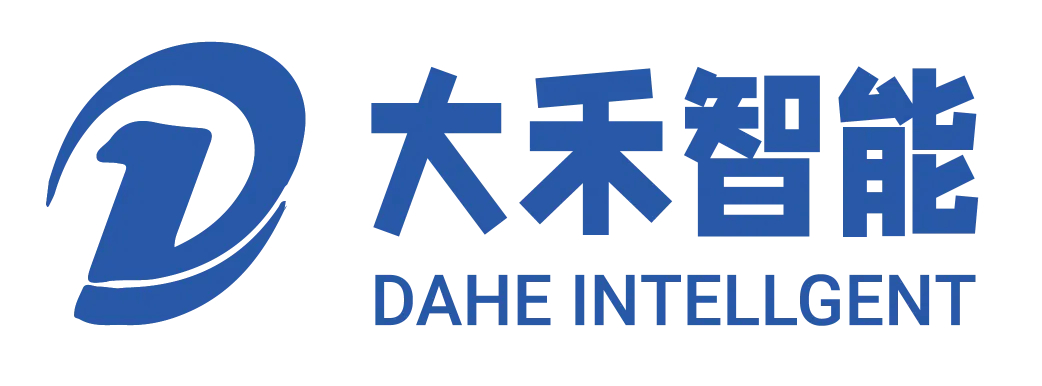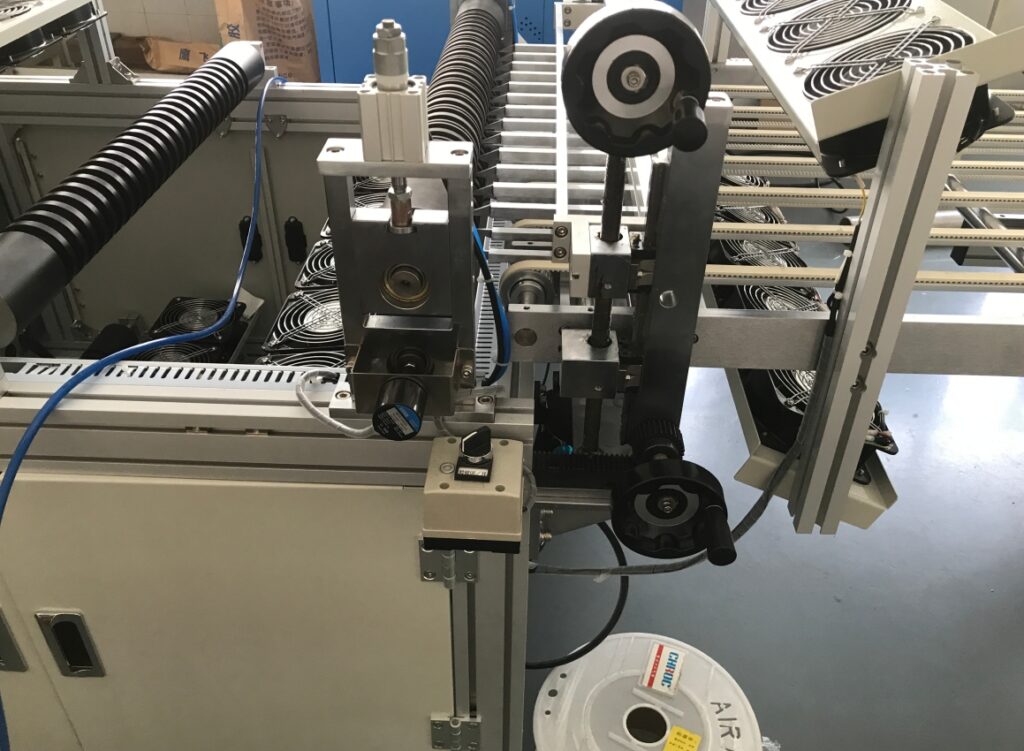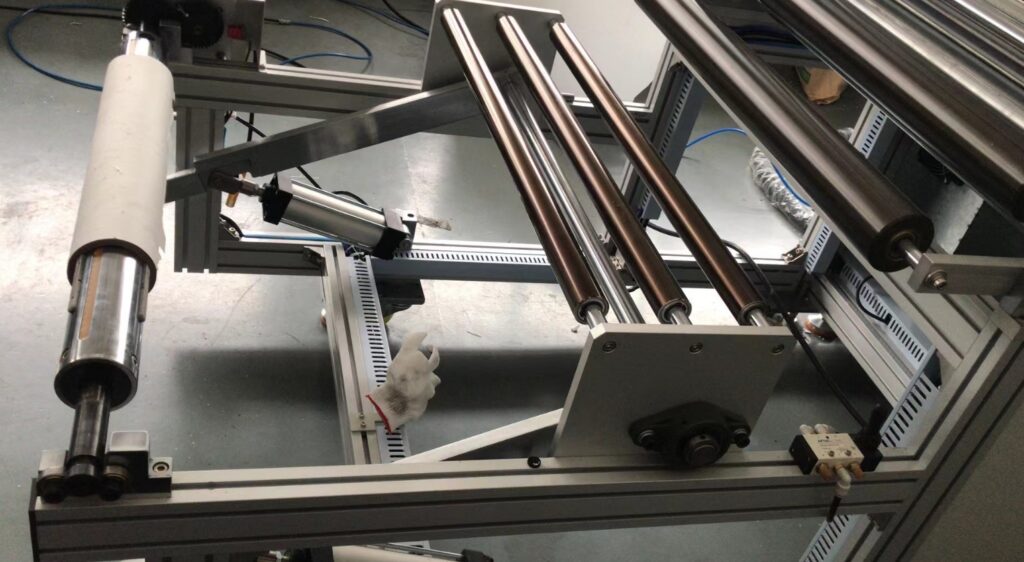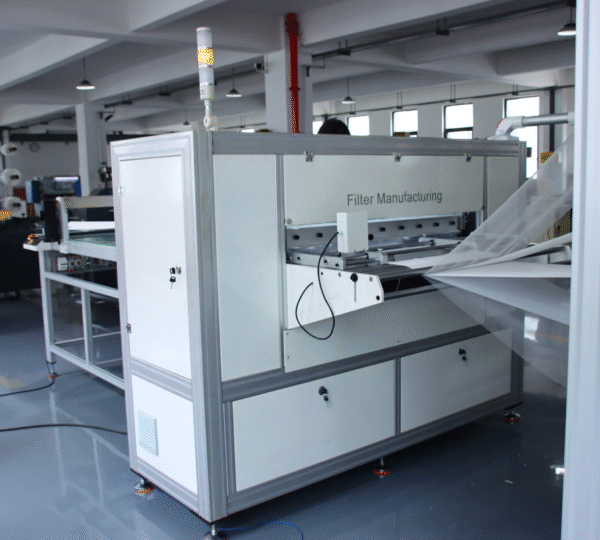In filter production, vibrations from the operation of the paper folding machines can affect folding accuracy, speed, and overall life. The key sources of vibration are rapid rack lifting and lowering, gear backlash, changes in belt tension, and frame resonance. We counteract these forces by adjusting the servo drive of the paper folding machine. The servo motors combined with rack and pinion drives and high-resolution encoders enable controlled, programmable motion profiles that significantly reduce shock loads. Combined with a sturdy steel frame structure, the paper folding machine is transformed into an ultra-stable, high-speed folding powerhouse capable of handling a wide range of paper without jamming or wrinkling.
Using the steel frame stiffness of the paper folding machine to suppress vibration
First, one of the most basic ways to reduce vibration in the paper folding machine is to construct the chassis entirely from alloy steel. We use 12 mm thick steel sidewalls and box beams to resist bending under dynamic loads. Additionally, precision welding and stress relief treatments eliminate resonance at typical folding speeds, thereby preventing structural fatigue over time. Precision machining is used on the mounting surfaces of the motor, rack, and sensor to ensure minimal misalignment and consistent preload on the bearings. This solid platform provides a stable foundation for our servo-driven rack system, absorbing residual vibrations and preventing them from being transmitted to the paper pile. This ensures that each paper is perfectly aligned without jitter or jamming, even at a throughput rate of more than 15,000 sheets per hour.
Servo-driven rack, smooth folding, and lifting
Servo motors drive the folding and lifting functions in the paper folding machine to ensure frame rigidity. Servo motors drive high-precision rack-and-pinion assemblies. A servo device controls the rack to lift the carriage assembly at a precise speed and preset acceleration ramp. Simultaneously, the folding beam applies constant force to grip the paper pile while linear guides stabilize it, eliminating left-right shaking. At the same time, the servo axis of the paper pleating machine can produce a precise motion curve, which helps avoid instantaneous torque peaks that can cause severe vibrations and paper damage. As a result, the lifting action is very stable, allowing for high-speed folding of up to 15,000 sheets per hour, which meets the needs of various high-precision filter paper folding and uniform folding applications.
Using Servo Adjustment with Acceleration, Deceleration, and Jerk Control
Fine-tuning servo parameters can help minimize vibration in the paper folding machine. I adjusted the acceleration limit to a moderate value to prevent sudden changes in torque. Then, I configured the deceleration ramp to release momentum smoothly within a predetermined distance. In addition, jerk control can smooth transitions and eliminate mechanical shocks at the reversal points of motion. In production testing, we repeatedly test motion profiles in incremental steps, using accelerometers mounted on the carriage, frame, and idle stack to monitor vibration. By optimizing these parameters, we achieved a nearly silky smooth transition in the folding cycle of the test, preventing vibration-induced paper misalignment or equipment fatigue and extending the life of the servo motor by reducing mechanical stress.
Balanced operation through multiple servo axes of the paper folding machine
Multiple servo axes can coordinate to reduce the paper folding machine’s vibration. Therefore, when one axis completes the movement, the other axis begins to accelerate gradually to maintain continuous operation and avoid sudden changes in load. I adopted a master-slave configuration in the motion controller to ensure that the lifting axis and the folding axis follow precise relative timing with each other, thereby avoiding simultaneous high torque demands that may cause resonance in the frame. This coordination eliminates jitter and maintains stable sheet handling even at peak throughput. In addition, I fine-tuned the cam profiles to coordinate the cutter and feeder sequencing, which improved overall line smoothness.
Maintenance and calibration for long-term vibration control
Even the best-tuned folding machine requires regular maintenance to maintain low vibration levels and high accuracy. In addition to regularly lubricating rack teeth, servo bearings, and linear guides, technicians should schedule quarterly encoder feedback calibration to correct drift or backlash accumulated over time. We provide documentation of maintenance operations, enabling filter manufacturers to properly inspect servo motor couplings and tension drive belts according to documented torque settings and verify encoder resolution against laser interferometer standards. Meanwhile, regular vibration analysis with a handheld analyzer can detect imbalance or wear before it affects production, allowing for the timely replacement of worn rack sections or motor bearings and ensuring the responsiveness of the servo system for years of smooth operation.
Achieving vibration-free folding
By utilizing a rigid steel frame on the paper folding machine to absorb resonance, a servo-driven rack and pinion drive provides precise motion, fine-tuning of acceleration, deceleration, and shock, as well as synchronized multi-axis control and ongoing maintenance. I have implemented these strategies in dozens of machines and have measured up to 60% less vibration, cleaner folds, and longer machine life.





